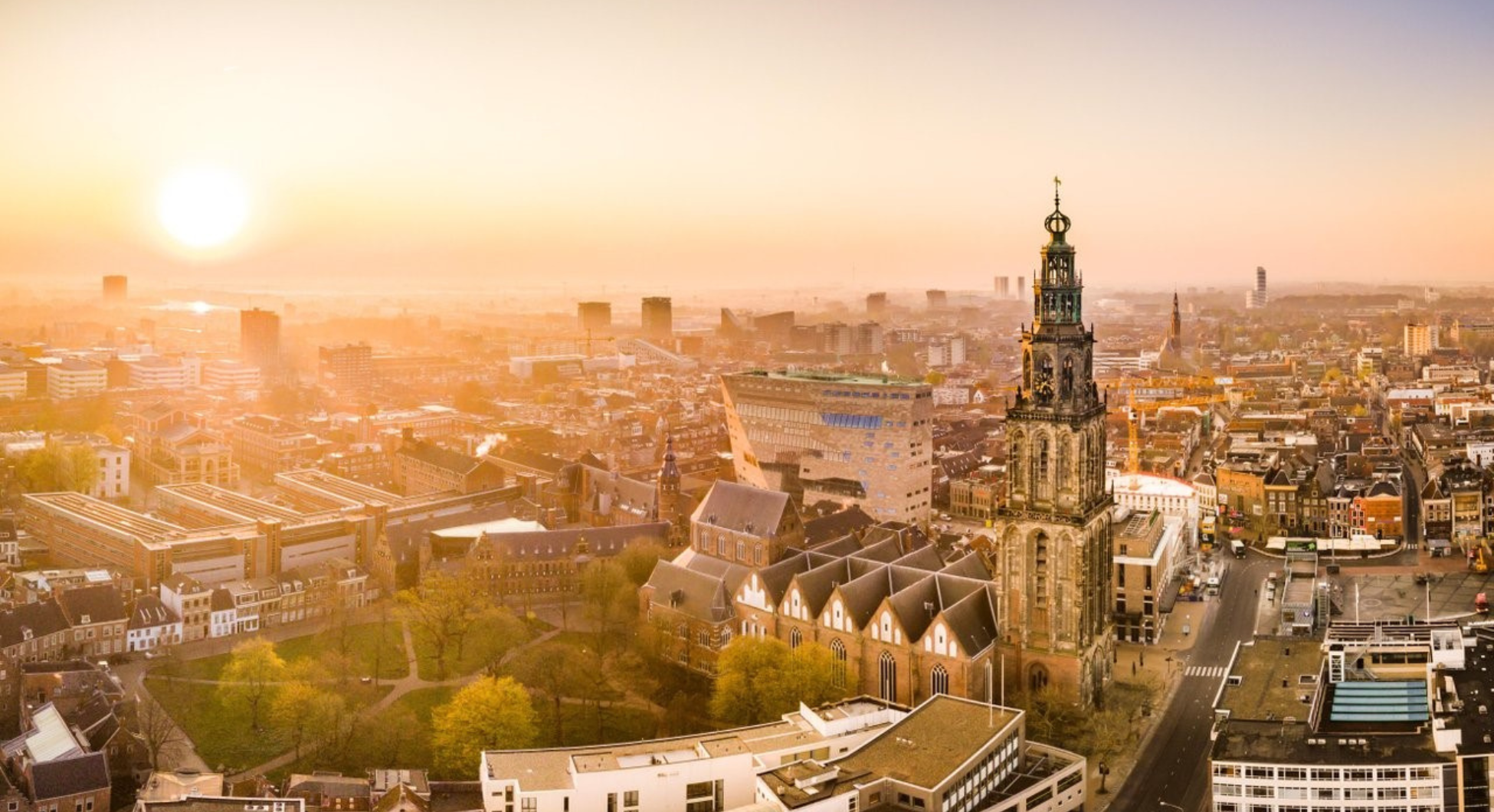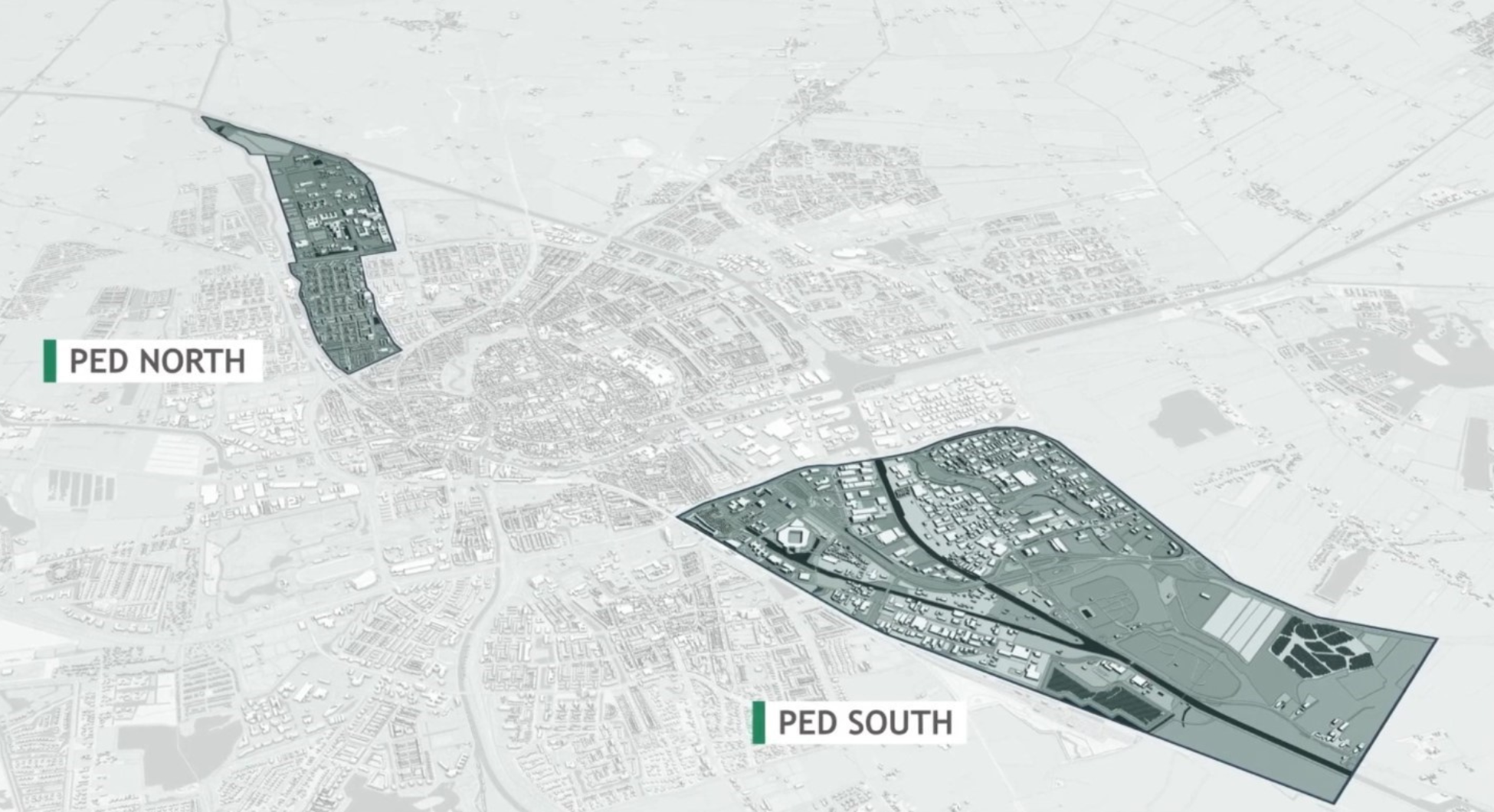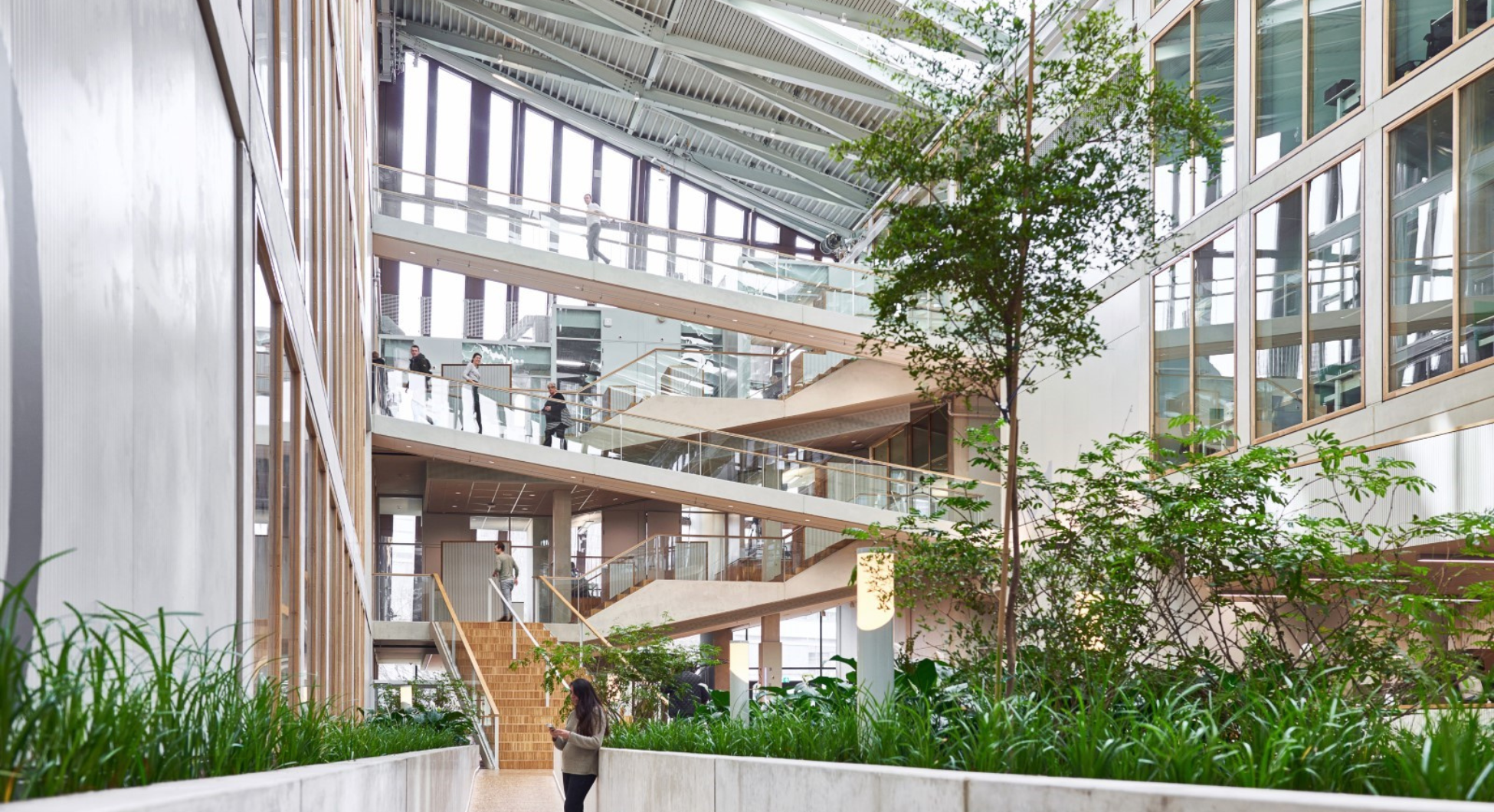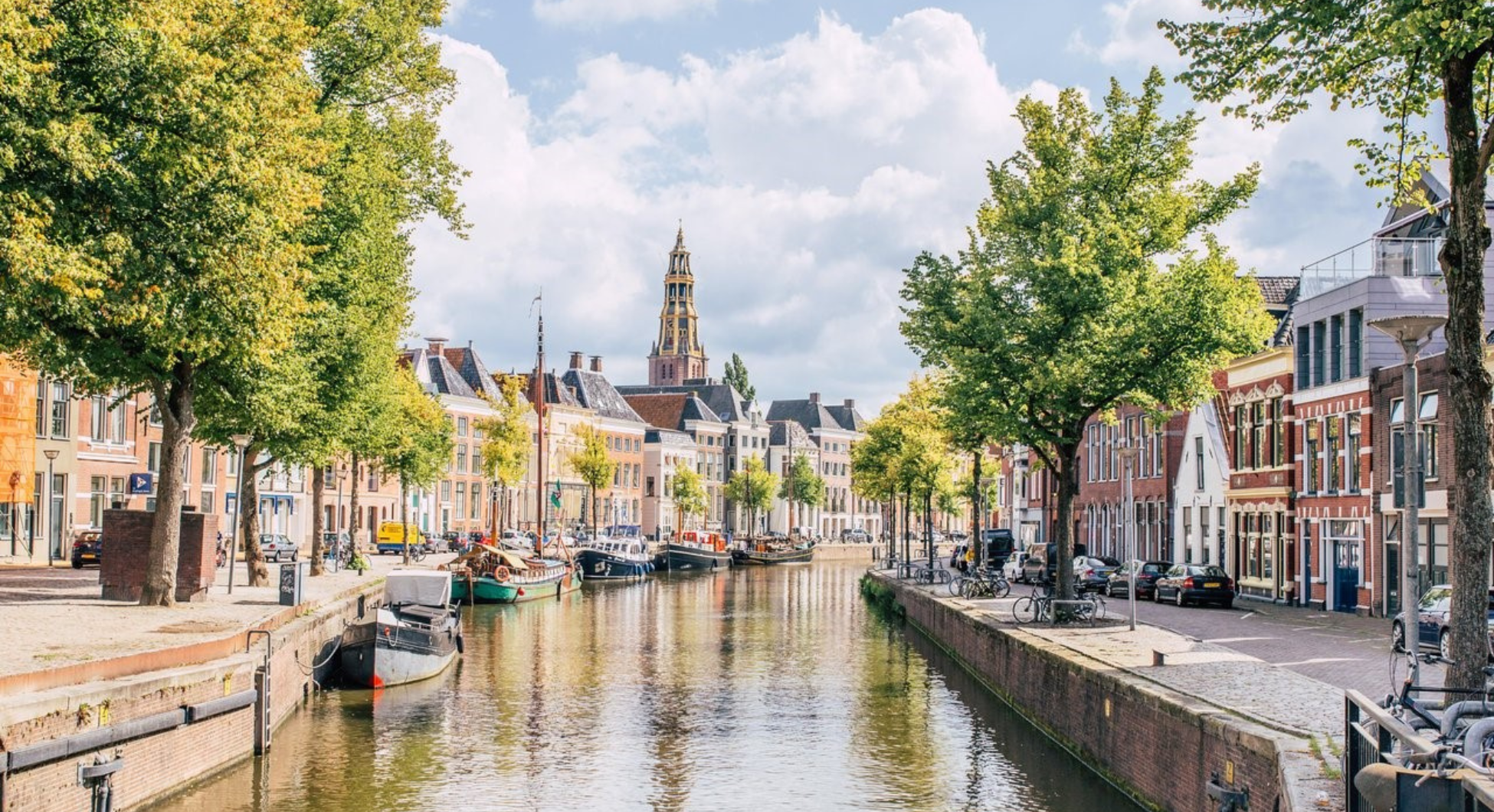European initiatives, local impact: TopDutch at the forefront of an energy-positive urban transformation
How can cities contribute to tackling climate change by reducing carbon emissions, and what could smart and low-carbon cities look like? The EU Horizon 2020 project MAKING-CITY, part of the European Commission’s Scalable Cities initiative, explored these questions in the spirit of urban transformation here in Groningen, at the heart of the TopDutch region.

MAKING-CITY
Guided by a long-term vision, tailored energy planning tools, and in alignment with the local institutional context, the MAKING-CITY project aimed to inspire and initiate a structural shift from a system reliant on fossil fuels to one built on renewable energy sources. Central to this effort was the Positive Energy District (PED) concept, which describes a delimited urban area where the total annual energy balance must be positive – in other words, a district that produces more energy than it consumes, allowing the surplus to be shared. At its core, this approach is about driving societal, economic, and technological transformations in urban areas, with local citizens actively involved.
The PED concept was tested, validated, and replicated in cities across Europe. As lighthouse cities, Groningen, the largest city in the TopDutch region, and Oulu in northern Finland, became living labs for an urban energy transformation that could be replicated in other European follower cities, including Bassano del Grappa (Italy), Kadıköy (Turkey), León (Spain), Lublin (Poland), Trenčín (Slovakia), and Vidin (Bulgaria).

A sustainable vision
In the lighthouse cities alone, the project was expected to save more than 50 metric tons of CO2, equivalent to taking a typical petrol car off the road for approximately 357,000 kilometers, or nearly nine drives around the Earth’s equator. Purposefully selected, this aligns directly with the TopDutch region’s ambition to transition from fossil fuels to sustainable energy, with targets for CO2 neutrality by 2035. But of course, sustainability transitions aren’t achieved on their own overnight. So, how was the PED concept realised in Groningen?
Living lab Groningen: PED North & PED South

In Groningen, two sites were selected to implement the PED approach: Groningen North, which included a 1960s residential neighbourhood alongside the university campus and science park ‘Zernike Campus’, and Groningen South, characterised by a mix of 1980s residential buildings, industrial terrain, and public facilities. The rollout of PED North and South involved retrofitting residential buildings with renewable energy technologies, such as solar panels and (geothermal) heat pumps, and developing sustainable infrastructure, including solar footpaths and smart charging stations for electric vehicles.
In Groningen South, the project also demonstrated the potential for large-scale urban transformation, exemplified by efforts to power the Mediacentrale, a former coal-fired power station now used as a business complex, with geothermal energy. Central to the PED concept was also its compensatory approach, whereby the surplus generated by newer, more sustainable buildings helped offset the shortfalls of less efficient, older buildings. In Groningen North, for example, the Energy Academy Europe, the most sustainable educational building in the Netherlands, played a key role as a major energy contributor.

A comprehensive urban transformation
Urban transformation, however, doesn’t only reflect a technological process. At the heart of systematic and structural transformation lies a social process that asks for citizen participation and involvement. During the PED implementation, both technical and social adaptations were followed and monitored in demo house projects in PED North, shedding light on residents’ experiences with participating in the energy transition. Moreover, the diversity of stakeholder clusters involved, ranging from research and education, IT and data monitoring, to citizen engagement and PED development, reflects a comprehensive approach.
Groningen: A lighthouse city showcasing TopDutch energy leadership

Over the course of six years, ending in late 2024, MAKING-CITY bridged European ambitions with local action, showcasing the often-overlooked impact that urban areas can have on the energy transition. Advancements in the PED concepts developed in the lighthouse cities have inspired eco-friendly initiatives across Europe. Adapted to local challenges, opportunities, and goals, this has resulted in substantial urban transformation, contributing to the sustainability and liveability of Europe’s cities.
It is therefore no surprise that within the larger Scalable Cities Community, including 134 participating European cities, more than 53% of energy has been saved and up to 88% of CO2 emissions have been reduced. At the same time, as part of the policy pilot, over 1 million square meters of floor space have been refurbished, and e-mobility has received a substantial boost, with the installation of approximately 500 e-charging stations and the introduction of around 5,300 e-vehicles.
These results reaffirm not only Groningen’s vital contribution to the TopDutch region’s leading position in the energy transition, but also highlight how the lighthouse city continues to set an example for developing energy-positive neighbourhoods and cities, with a vision of smart, sustainable, and inclusive urban transformation.
Call me back
Please feel free to fill out the “Call Me Back” form below, and we’ll be delighted to get in touch with you at your convenience.

